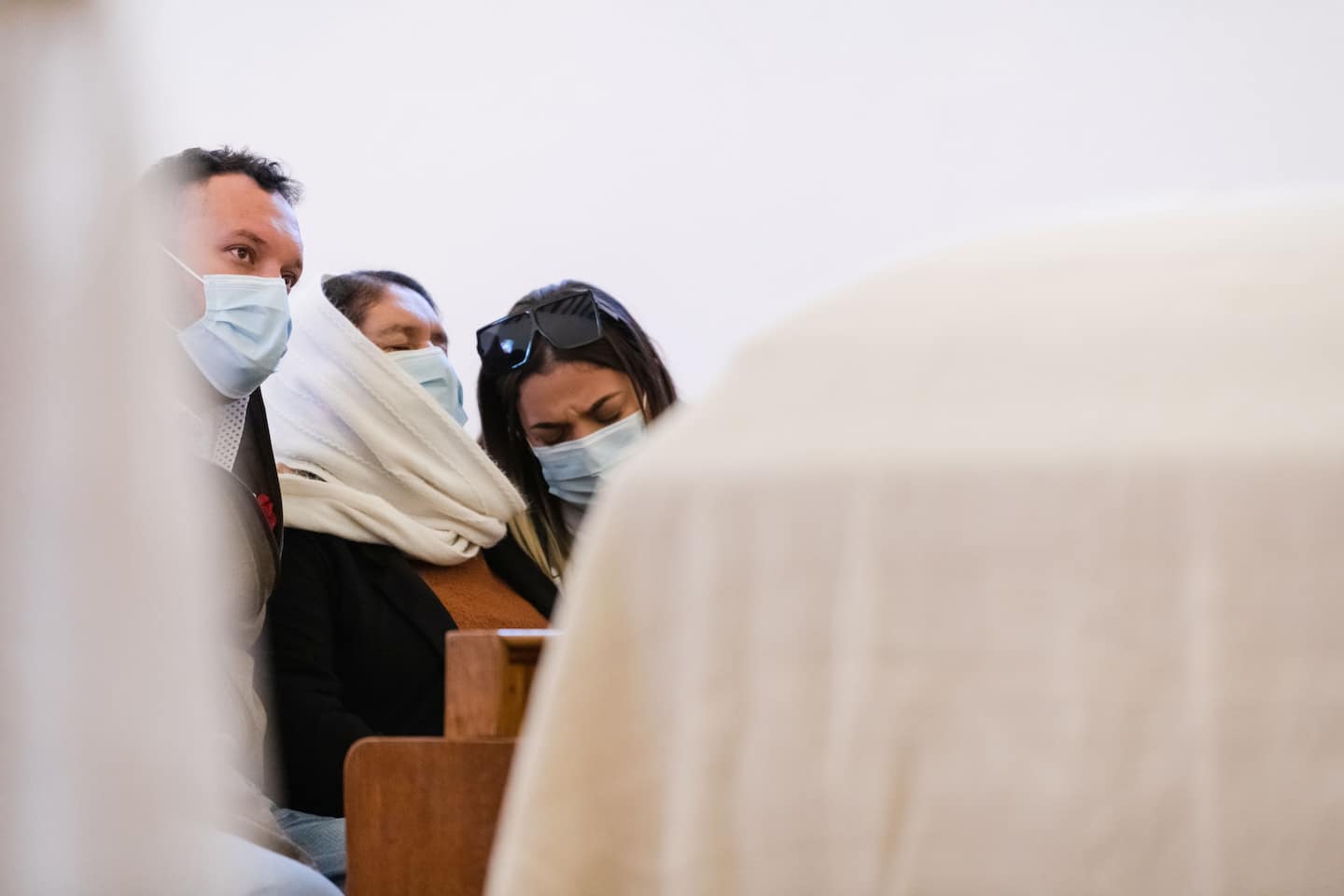This is what more than 330,000 coronavirus deaths look like

This week, the country passed a remarkable milestone: One out of every 1,000 Americans alive at the beginning of the year has died of covid-19. 2020 is poised to be the deadliest year in the country’s history — in part a function of our historically large population, but more directly due to the surge in deaths caused by the virus.
As of this writing, more than 337,000 people across the country have died of the disease, a toll that makes up about one in every five recorded deaths from covid-19 globally. Over the past week, about one of every 120 deaths recorded globally since the pandemic began was recorded in the United States.
It’s a toll that is hard to grasp, which is part of why we seem incapable of doing so. As we explained this month, the country is now seeing a death every 38 seconds or so — a rate that is almost certainly understated given the slowdown in death reporting that has accompanied the holiday season. The data has been spotty since the beginning. Although better now, there are still gaps in what we know about the virus’s toll.
But we know a lot. We know, thanks to The Washington Post’s data-gathering and thanks to independent efforts like the COVID Tracking Project, how many deaths have been reported each day and where those deaths have occurred. We know that men are more at risk than women and that older Americans are much more likely to die of the virus than younger ones, though nearly 5 percent of deaths have been among people younger than 50. We know that non-White Americans are disproportionately at risk from the virus, and even how the virus has affected different communities in individual states.
In an effort to convey the scale of the pandemic, we built an interactive that uses those data — and artificially generated photographs from This Person Does Not Exist — to display nearly 330,000 covid-19 deaths. The daily data per state (displayed when mousing over the image or, on a phone, pressing and holding) are accurate. The gender and race or ethnicities of the deceased are estimated from state-level racial data and national gender splits. In other words, while a Black man from New York may not have died on March 15, a New Yorker did — and the number of Black New Yorkers shown in the interactive is generally in line with the available data about the virus’s toll among racial groups in the state.
It’s a lot of deaths — meaning that your browser may be slow to load the images. Give it time and then scroll through. The point is less the imagery than the scale: Each of the images below represents an American who has died of covid-19 since late February.
Let it sink in.
The interactive will take a while to load. Please be patient.






